Are you a contractor?
Join our network and attract real clients!
Table of Contents
6 min read
What's There to Know About Fibre-Reinforced Concrete?
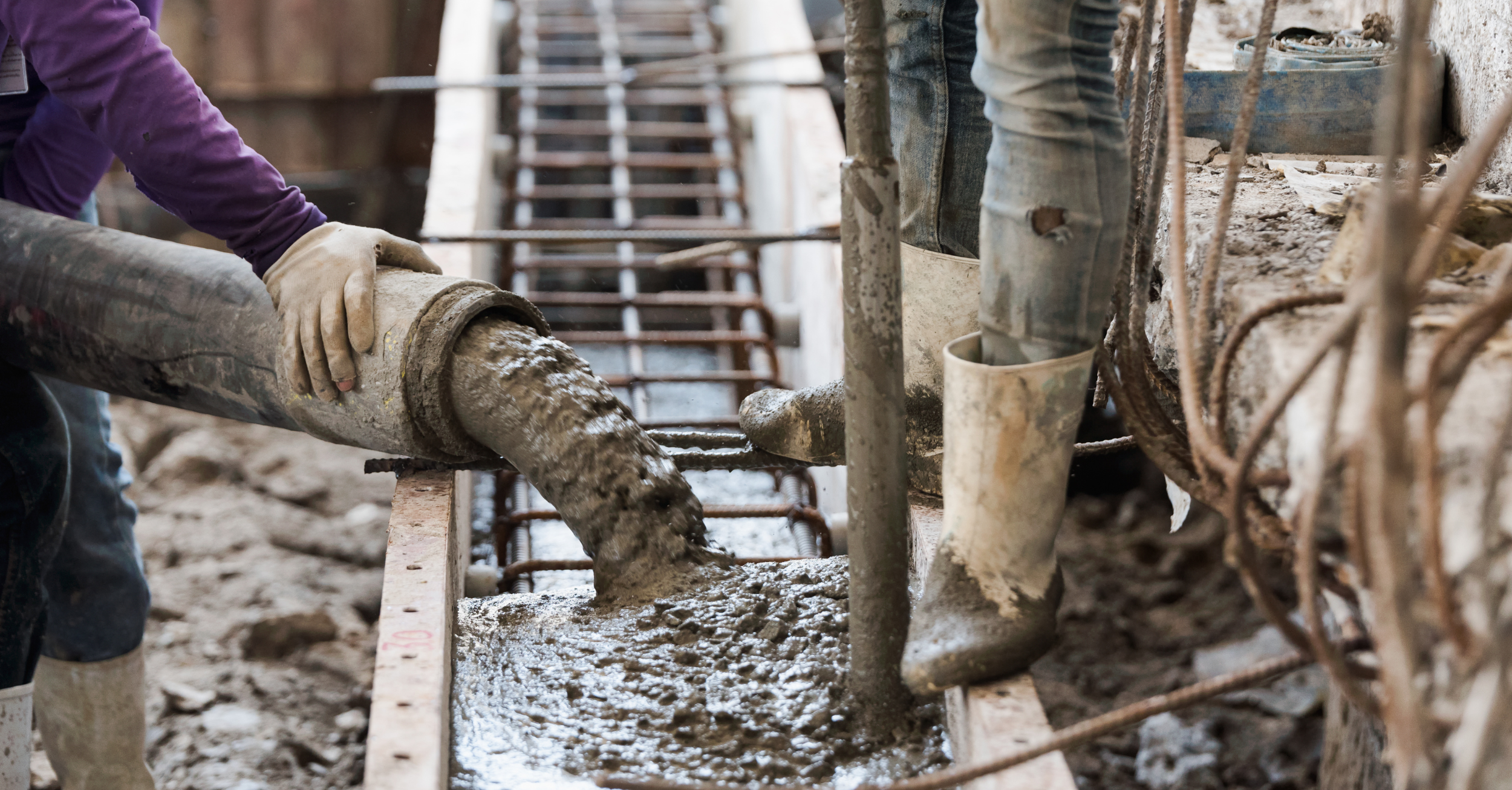

6 min read
What's There to Know About Fibre-Reinforced Concrete?
Exterior renovationsWhat's There to Know About Fibre-Reinforced Concrete?
Fibre-reinforced concrete was a definite turning point in the construction industry. Designed to offset the brittleness of standard concrete and with a low-tensile strength, fibre-reinforced concrete sets a new record. As a result, some mixtures allow for fewer rebar use on construction sites since this material can withstand tensile forces of 2,300 MPa, compared to standard concrete’s 500 MPa.
However, there are various types of fibres, and they don’t all bestow fibre-reinforced concrete with the same characteristics.
Fibre-Reinforced Concrete Features
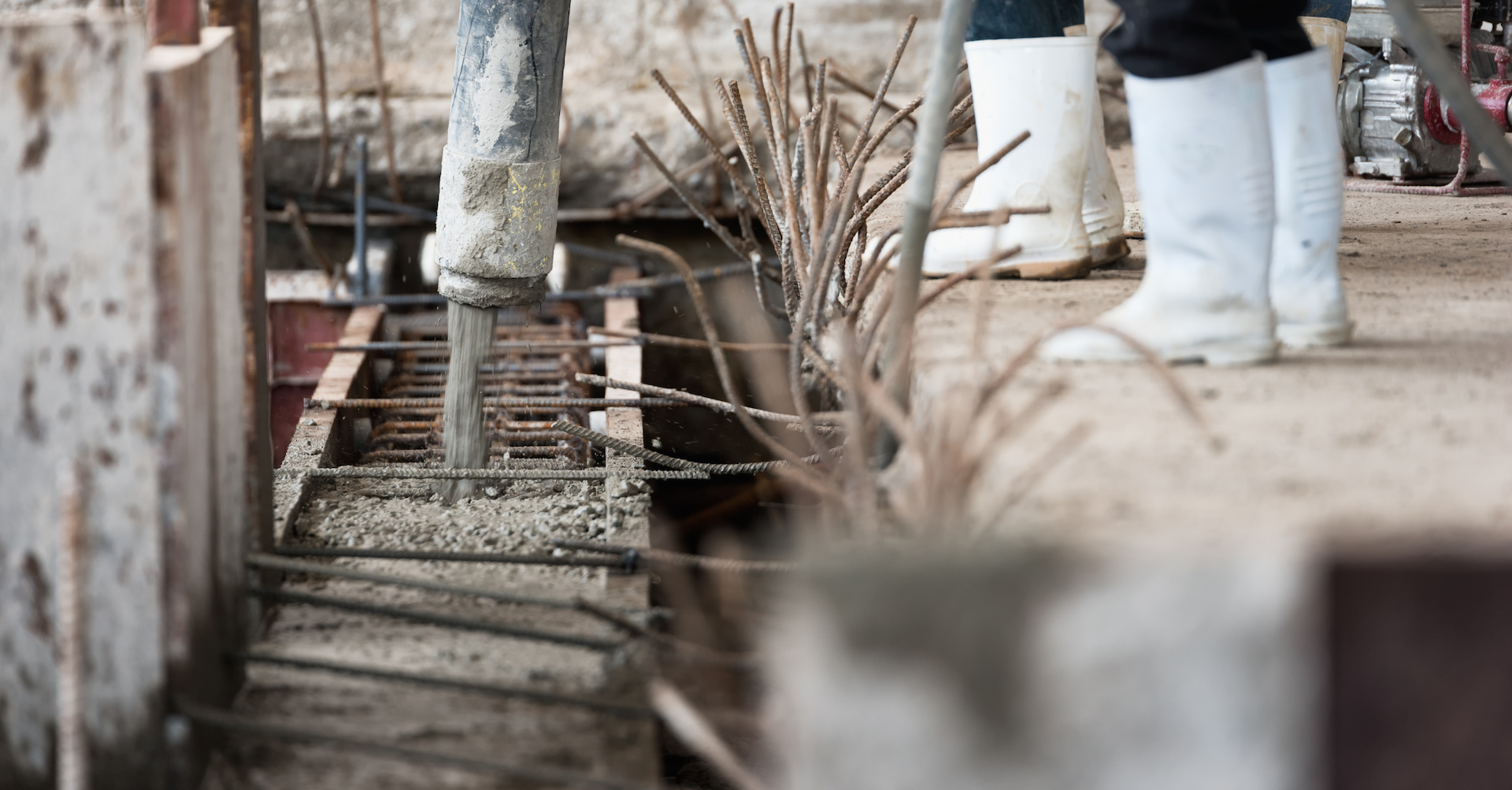
Source: Canva
Impact resistance
Structural reinforcement
Fibre orientation
Heightened resistance (tensile forces, flexural strength, compression)
Improved shock resistance
Nonetheless, fibre-reinforced concrete isn’t considered a material in itself. Its characteristics are entirely composition-based.
Steel fibre-reinforced concrete doesn’t have the same technical characteristics as that of fibreglass- or plastic fibre-reinforced concrete.
This will be further discussed in the last part of the article.
Methods of Use
Fibre-reinforced concrete can be used everywhere. Most often, it’s shipped in a ready-mix format, which can, depending on its characteristics, eliminate the need for rebar. We’ll delve into the latter with structural concrete.
This material can be shipped ready-mixed to construction sites, which leaves the preparation of this type of concrete in expert hands.
As a matter of fact, some types of fibre-reinforced concrete are made from an optimal mixture consisting of 1.5% fibres, while others require 3% or more fibres.
This will be further detailed in each fibre-specific section of the article, but let’s just start off by saying that high-fibre content concrete isn’t as malleable. Therefore, fibres should be added in moderation.
When to Use?
Fibre-reinforced concrete can be used for all kinds of work, from foundation work to wall-building, with footing and columns in between.
The type of fibre used in its making determines its characteristics, and thus its use. Continue reading to learn more about the different types of fibres providing the ideal features based on the structural building needs.
Why Use Fibre-Reinforced Concrete: Pros and Cons
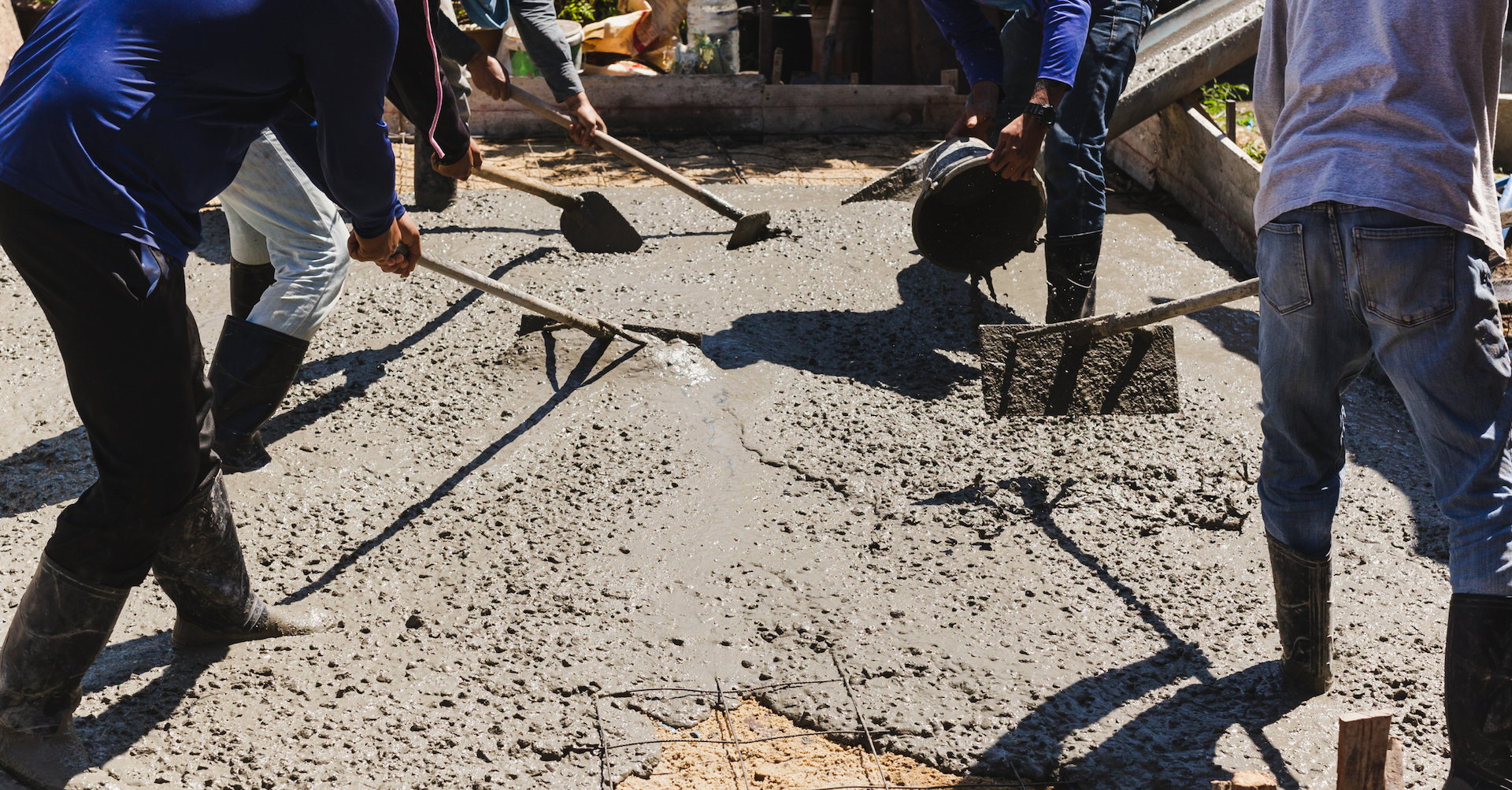
Source: Canva
Fibre-reinforced concrete has at least 6 advantages since it’s:
Easy to use
Ideal for large-scale building sites
Lightweight
Durable
Ductile
Adhesive
Other advantages could be listed, including its fire resistance. However, those advantages aren’t typically associated with fibre-reinforced concrete, but more with the use of distinct fibres.
Therefore—and as we’ll explain in further detail below—fibre-reinforced concrete’s ability to withstand flames is directly linked to the use of polypropylene fibres.
Nevertheless, fibre-reinforced concrete still has drawbacks as it’s:
More expensive
Not as water-resistant
Can be less compression-resistant (as seen with plastic fibres)
Not as capable of withstanding earthquakes
Once again, fibre-reinforced concrete drawbacks are largely determined by the type of fibre used.
Types of Fibre-Reinforced Concrete
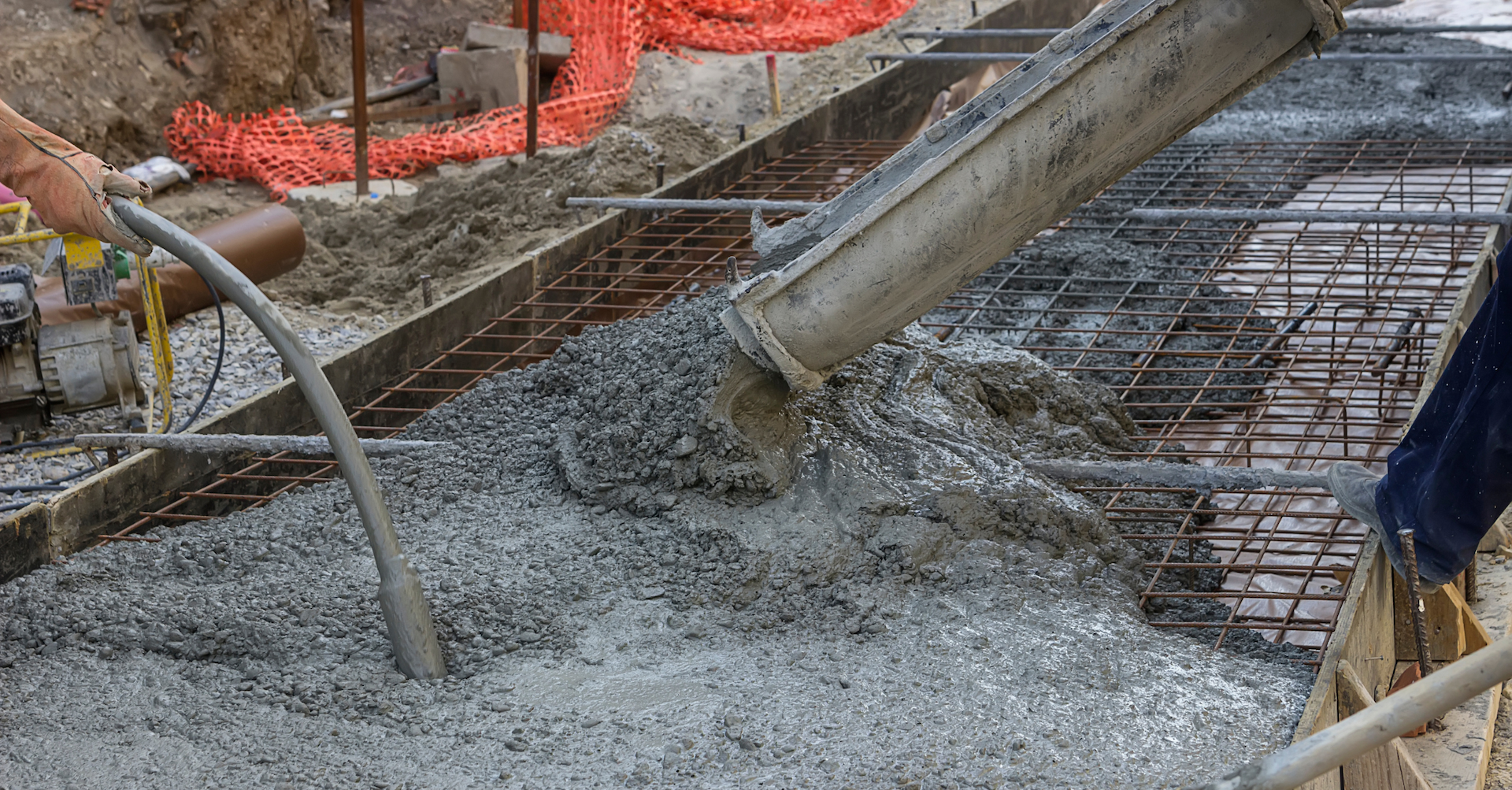
Source: Canva
Ultra-high performance
UHPC (Ultra High-Performance Concrete) is a type of concrete made using short fibres, meaning fibres that have been designed to reduce cracking and improve fire resistance.
These synthetic or organic fibres are added to the concrete mixture, thereby providing increased compression resistance, from 150 to 250 MPa, compared to 30 MPa for regular concrete.
Depending on the types of fibres used, fibre-reinforced concrete can completely negate the use of passive rebar. This is seen with structural concrete, which we’ll further detail at the end of this article.
Generally speaking, the main characteristics of UHPC are:
Low permeability
Great mechanical resistance
Enhanced strength and ductility
Low creep
Durability
High density
It shouldn’t be confused with HPC (High-Performance Concrete), since UHPC is a lot more resistant, as well as a lot drier, more fibre-reinforced, and has increased tensile strength.
Shotcrete
Sprayed fibre-reinforced concrete can be made with:
Steel fibres (20 to 50 kg/m³)
Polymer fibres (5 to 9 kg/m³)
Said fibres render the mixture with:
Superior bond strength
Increased shear strength
Ductility
Less spalling when exposed to intense heat (fire)
However, all dosages must undergo testing to ensure the concrete meets the necessary characteristics required to achieve a predetermined structural goal.
What type of synthetic fibres can be added?
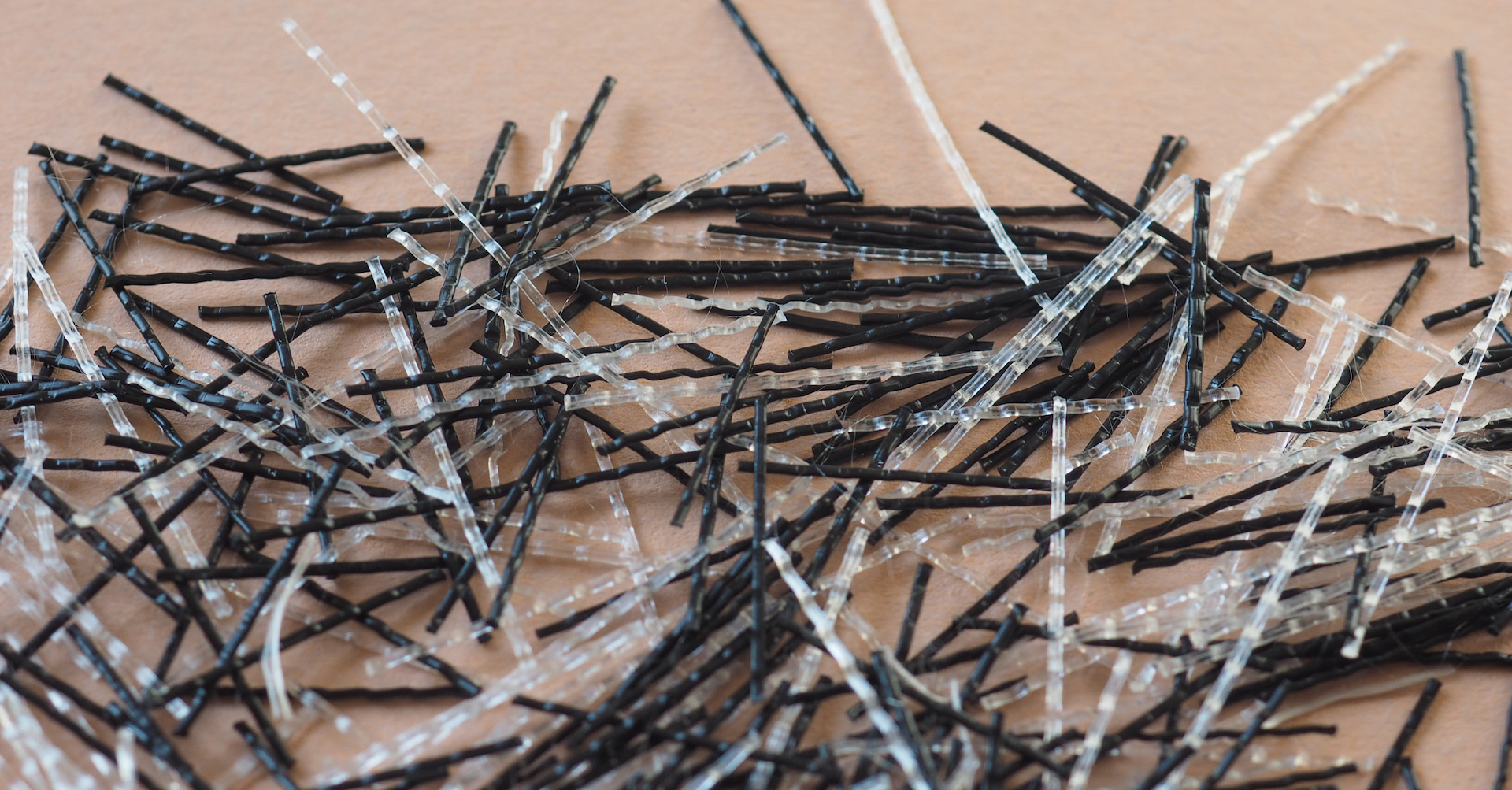
Source: Canva
Fibre-reinforced concrete is made using additional fibres of various natures (bamboo, jute fibre, plastic, etc.). However, nowadays, the majority of added fibres used are grouped under synthetic fibres:
Fibreglass
Polypropylene
Carbon
Plastics
Metals
Fibreglass
Fibreglass reinforces tensile strength. It limits the need for steel rebar, but also increases the overall strength against:
Weakening
Flexural stress
Tensile forces
Impacts
Cracking
Regarding the last point, fibreglass directly impacts the size of cracking by reducing widths.
However, unlike steel fibres, which we’ll cover below, fibreglass doesn’t improve concrete’s compression strength.
Polypropylene
Shields against chemical and bacterial infestations
Improves compression strength
Increases flexural strength
Polypropylene fibres are used to enhance concrete’s resistance to heat exposure. Using these fibres means exposing concrete to temperatures of 600°C (1112°F) won’t affect its compressive strength.
The more polypropylene fibres used in concrete, the better its resistance to flexural stress will be. However, as the fibre content is increased, the more unstable and hard-to-manipulate the mixture will become.
As such, polypropylene fibres are used as concrete reinforcers mainly in demanding environments:
Parks
Roadways
Public spaces
Beaches
Plastic fibre
Increases adhesion of PET bonding mixture
Increases tensile strength
Improves ductility
Increases flexural strength
Plastic fibres are part of a major environmental concern. With the significant amount of plastic waste generated by our society, a considerable portion could be recycled into this type of fibre-reinforced concrete.
In fact, simply adding 1.5% plastic fibres per concrete volume is ample to achieve an optimally reinforced mixture.
However, plastic fibre-reinforced concrete does have a major downside: it lowers its compression strength.
Therefore, to offset this particular drawback, additives are used, like metakaolin or silica fume.
Carbon fibre
Increases flexural strength
Improves ductility
Prevents weakening-induced degradation
Strengthens load-bearing capacity
Carbon fibres aren’t used independently. They’re used together with polymer concrete to create a type of concrete that’s known as CFRP (Carbon Fibre-Reinforced Polymers).
While this type of concrete’s compression strength isn’t improved by carbon fibres, its flexural strength is literally doubled.
CFRP is mainly used in environments in which concrete is subjected to harsh weather or pollutants.
Structural
Structural fibre-reinforced concrete (or fibre-reinforced concrete) is used to improve the mechanical strength of the concrete mixture, and at times can replace standard reinforcement steel.
This unique characteristic is made possible due to its composition, which contains two types of fibres:
Metallic fibres
Macro-synthetic fibres
It’s used to build:
Foundations
Footings
Superstructures
Columns
Beams
Slabs
Walls
When it’s used to completely replace reinforcement steel, fibre-reinforced concrete can speed up building processes, as the following doesn’t have to be done:
Cutting rebar
Securing rebar
Installing shims
Metallic
Metallic fibres reinforce concrete in 3 distinct ways:
Enhance compression strength
Improve flexural strength
Mitigate cracking
The whole is obtained with a mixture consisting of only 3% steel fibres per concrete volume.
One may be led to believe that the richer in steel fibres the concrete is, the stronger it is. Although this is true, the more steel fibres it contains, the less malleable it becomes.
As such, one has to find the right balance between concrete strength and malleability.
How do steel fibres reinforce concrete?
Well, that’s rather straightforward. Steel fibres allow concrete to break apart in a ductile fashion, which differs from standard concrete cracking.
For example, this steel fibre-reinforced concrete-specific characteristic means that concrete beams are more:
Rigid
Wear-resistant
Shock-resistant
Withstand energy absorption
Ductile
The same concept applies to steel fibre-reinforced concrete slabs. The latter can better withstand loads.
However, steel fibres do have limitations. The bond between the fibres and the concrete can vary; it can range from a coefficient of 1.0 to 2.2, thereby doubling it.
Get 3 quotes for your concrete-related project
RenoQuotes.com can help you get quotes from a general contractor. By submitting your project, we’ll connect you to top-rated contractors. Fill in the form on the homepage (it only takes a few minutes) and get estimates from trusted professionals.
Dial 1-844 828-1588 to speak with one of our customer service representatives.
Last modified 2023-11-07
Looking for something else?
Related articles
The latest industry news, interviews, technologies, and resources.

RenoQuotes.com • 07 Nov 2023
Homeownership almost always entails ongoing repairs, renovations, or upgrades. Note that on average, Quebecers allocate 64% of their residential energy expenditures to heating, and the costs can amount to $1,200 for an average-sized home. Surely, upgrading a heating system is a significant investment, but a wise decision in terms of energy conservation and minimizing consumption costs.

Christime Simard • 07 Nov 2023
Whether you live in a small apartment or a large family home, the organization of your space is the key to keeping your household neat and well kept together.

N/A • 26 Feb 2024
Running a commercial space takes a lot of work. For those managing a restaurant, bar, storefront, office, community organization or another venue with plenty of moving parts, it can be challenging to keep everything in smooth operation. Take the issue of noise as an example, between the constant hum and buzz of street traffic, the sounds of nature or humans in competition with the many noises coming from inside your venue, you might be overwhelmed. Luckily, there are plenty of ways to soundproof doors and windows of a commercial space to control the sound moving inwards.

Christime Simard • 07 Nov 2023
As the month of pre-Halloween (September) comes to an end, giving way to the beautiful month of "spooky season" (October), it’s time to start getting cozy and digging out your warmer clothes as the temperature drops and leaves fall off trees. Autumn celebrations aside, it’s also time for our monthly roundup of the best design, decor and renovation articles found on the internet!
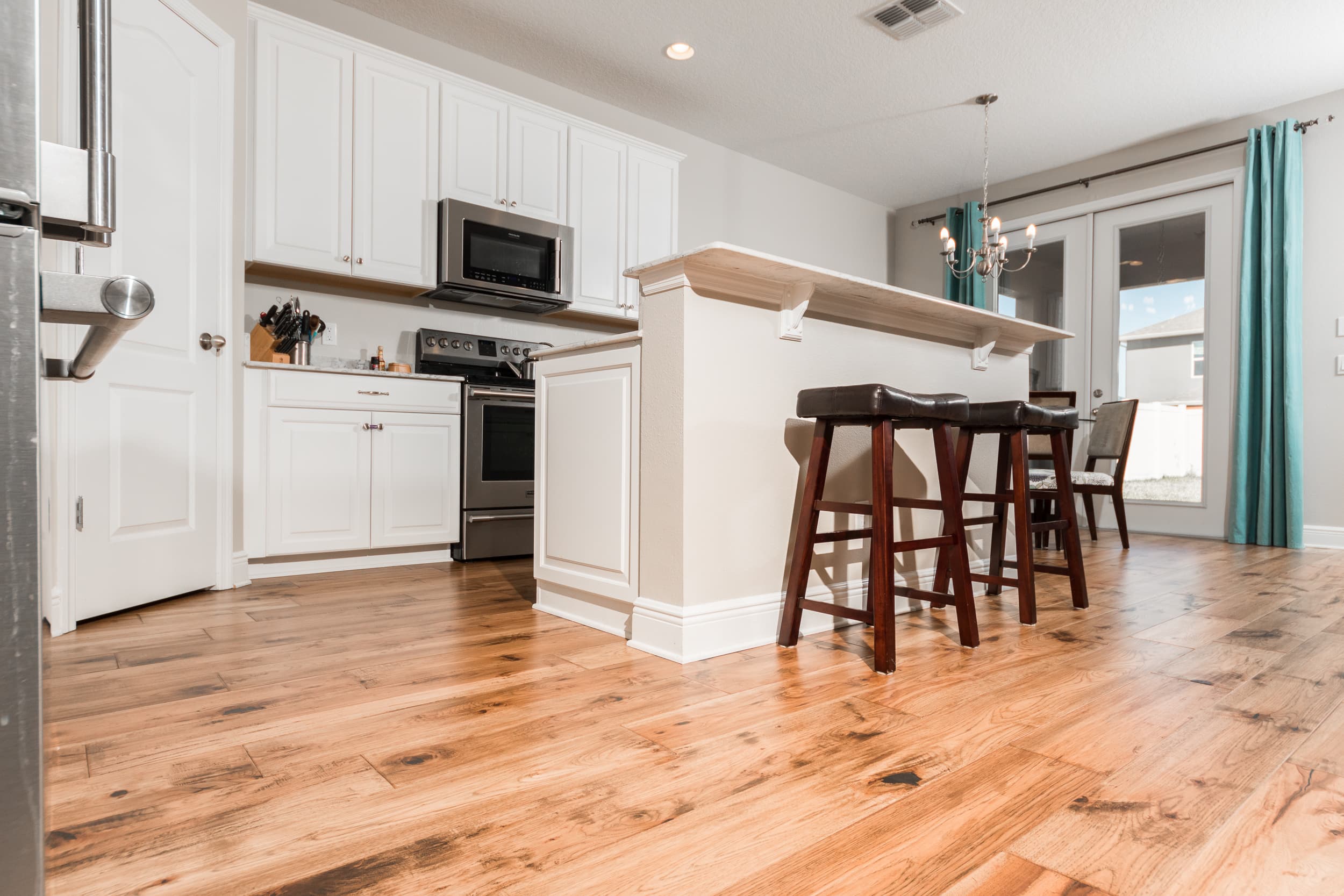
N/A • 07 Nov 2023
Is a new floor on your to-do list for future renovation projects? A hickory hardwood floor may be the perfect choice for your next project!